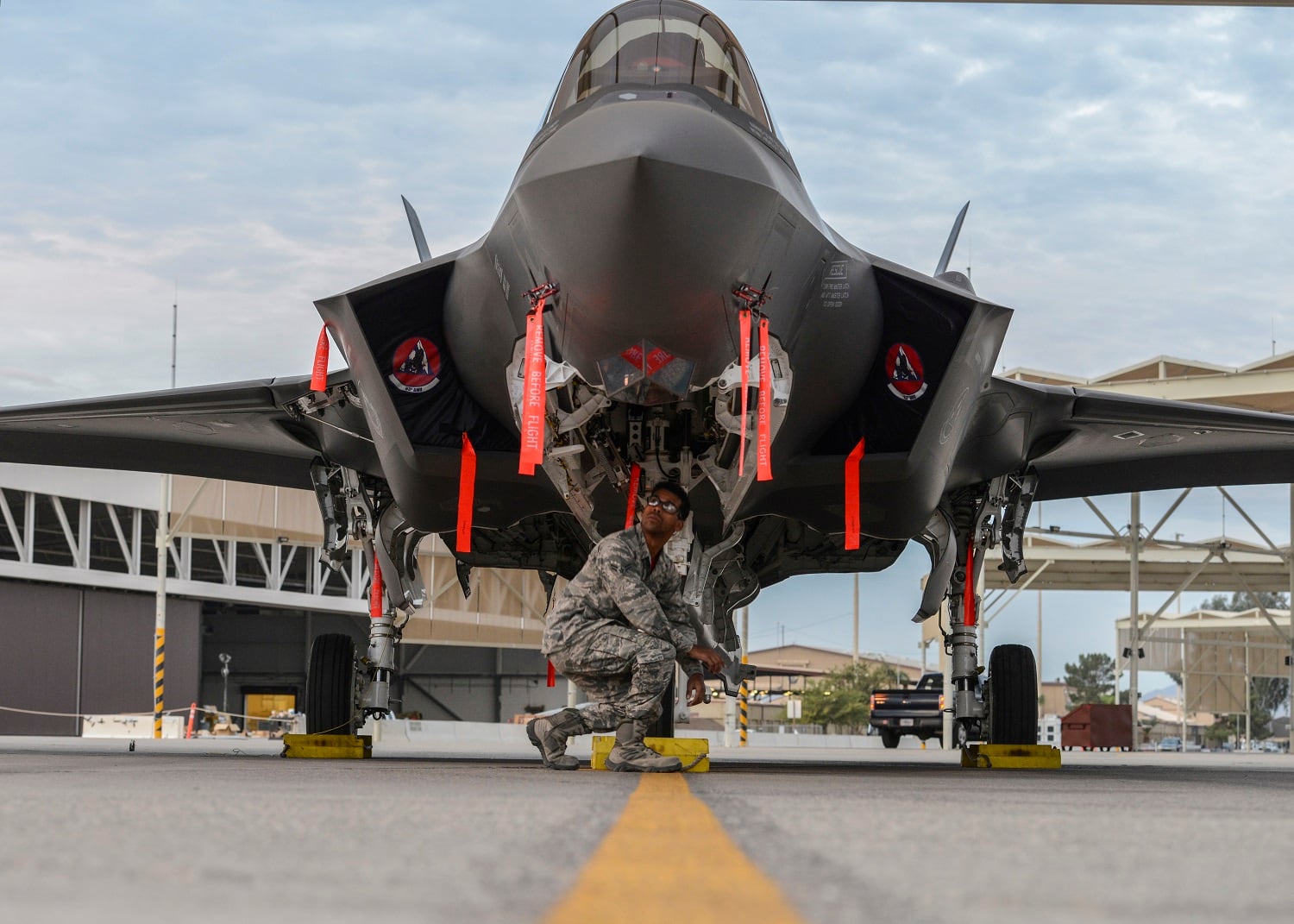WASHINGTON — The F-35 program office plans to close out the joint strike fighter’s development phase this year and begin moving into modernization, but it could face an uphill battle, the Pentagon’s head of weapons testing warned in a report released Wednesday.
The F-35 Joint Program Office has known since 2016 that it likely wouldn’t be able to make its October 2017 goal post for wrapping up developmental test flights, instead estimating it would take until February or even May of this year to finish those tests and end the system development and demonstration, or SDD, phase.
That means initial operational test and evaluation, or IOT&E — the last milestone before full-rate production starts — won’t be able to begin until late 2018, Robert Behler, the Defense Department’s new director of operational test and evaluation, said in his office’s annual report.
RELATED

Behler laid out several roadblocks that could hinder the program as it heads out of development and into the start of IOT&E, including:
- A fully verified mission data load for jets with the latest 3F software, which will include detailed information about threats, won’t be available for IOT&E until this fall at the earliest.
- Although the program office completed all accuracy tests of bombs and missiles planned for 2017, it is still analyzing those events. The Operational Test & Evaluation Office of the Secretary of Defense, or DOT&E, is concerned that if deficiencies are found, the JPO will have to take additional time to develop and test corrections.
- While the report estimates that the mission systems testing necessary to complete development will be complete in February, “the program will not be able to completely mitigate the many open deficiencies by the end of SDD, resulting in shortfalls in fielded Block 3F capabilities.”
The report also raised questions about how the JPO could execute the next phase of F-35 development, formerly known as “Block 4 follow-on modernization” but now termed “continuous capability development and delivery,” or C2D2.
Vice. Adm. Mat Winter, who heads the F-35 JPO, first discussed the C2D2 proposal at the Defense News conference in September, where he compared the strategy to running app updates on an iPhone. The idea was to continually push out new software upgrades instead of packaging them together with other capabilities released more slowly.
The plan, however, has been criticized by some — including DOT&E — who see C2D2 as a way for the program office to defer some planned 3F capability into 2019, even as full operational capability will be declared this year.
The JPO plans to start C2D2 this calendar year, beginning with a number of 3F software patches through 2019 and then gradually introducing planned Block 4 capabilities (like new weapons and sensors) with software changes to the jet anticipated every six months.
DOT&E warned that the C2D2 plan first offered by the program office was “not executable” for several reasons, including not enough test aircraft and not enough time for flight-testing software changes.
The report also called into question the quick six-month software production cycle, which is much shorter than other fighter aircraft and does not take into account updates to other parts of the F-35 enterprise like its logistics system or mission data files.
The C2D2 strategy and timeline was under review at the time the report was written, and Behler recommends the program office “re-plan C2D2 to have a more realistic schedule and content that include adequate test infrastructure (labs, aircraft, and time) and modifications while aligning the other fielding requirements, like mission data, training simulators, and airworthiness.”
Asked Thursday about the report, Pentagon spokeswoman Dana White said in a statement that “the Department is reviewing the report, and we’ll take appropriate steps to work with our partners to find implementable improvement opportunities with the Joint Strike Fighter program.”
Valerie Insinna is Defense News' air warfare reporter. She previously worked the Navy/congressional beats for Defense Daily, which followed almost three years as a staff writer for National Defense Magazine. Prior to that, she worked as an editorial assistant for the Tokyo Shimbun’s Washington bureau.






